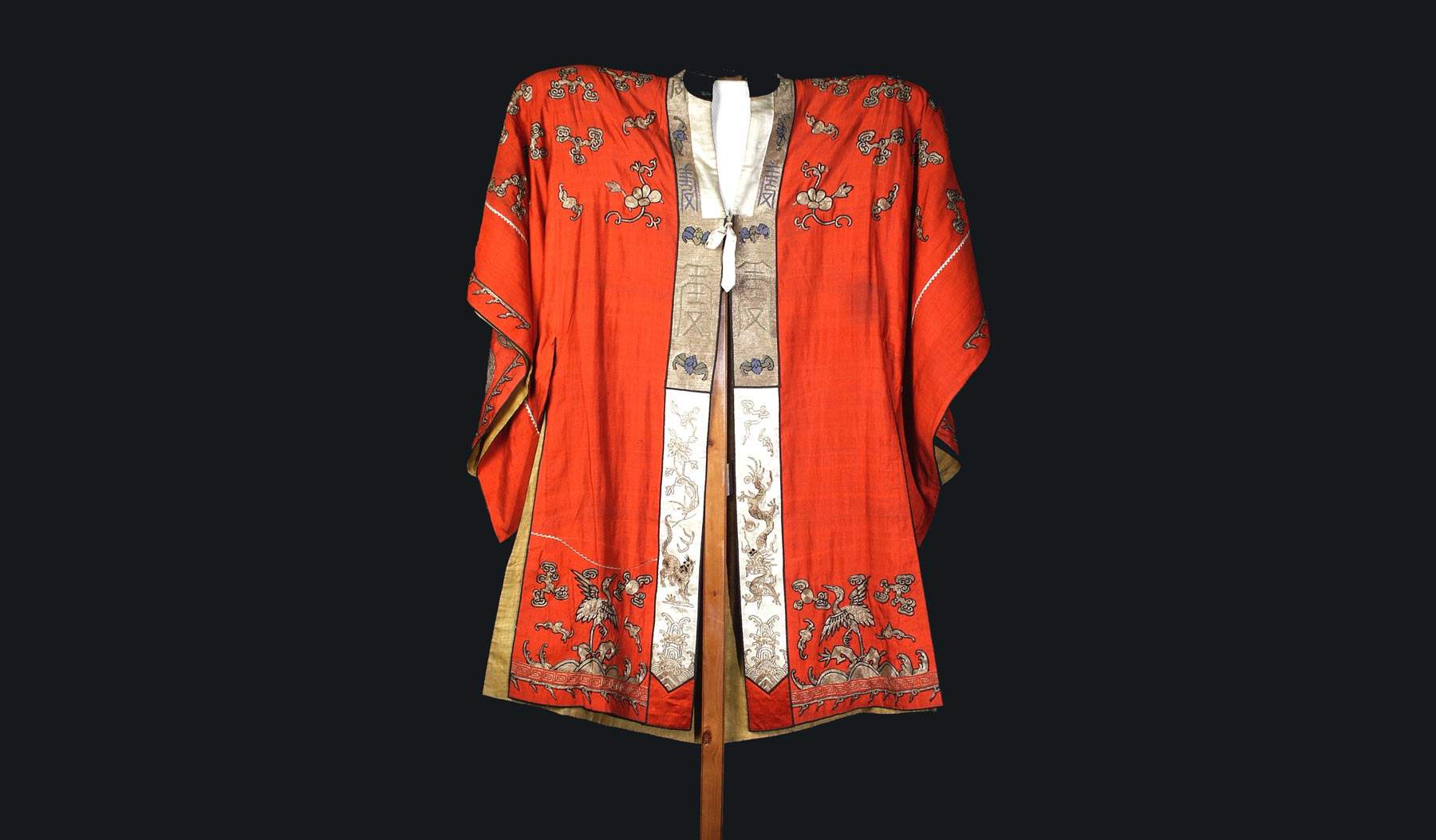Parma: from China to Congo, fashions around the world in an exhibition at the Museum of Chinese Art and Ethnography
In Parma, Italian Capital of Culture 2020, the Ducal City’s Museum of Chinese Art and Ethnography presents the exhibition Fashion in the World: Clothes Tell the Lives of Peoples, which opens to the public from Jan. 26 to Dec. 31.
The exhibition is a journey into the traditions of the world, starting with Chinese culture, which takes visitors to discover the silk that, a full three thousand years before the birth of Christ, was the basis of the liturgical robes of the Taoist tradition: Gipao (the traditional women’s dress), and Fengguo, born to defend against the wind of the steppes, accompanied by rich court clothes. Also on display will be women’s footwear typical of the great empire, the hoof-heel slippers, as well as the wedding ornament: rectangular-section tubular collar whose upper face represents two dragons (a symbol of male fertility).
We then move on toIndonesia, with shawls from the Batak culture of theisland of Sumatra and traditional men’s clothing; to Japan, with Haori jackets made strictly of silk, with “mon” family crests, parasols made of bamboo and painted Japanese paper, women’s kimonos and Obi for married women; to Sudan, with tribal skullcaps, shoes and babouches; to Ghana, with silk ceremonial textiles of the Ashant tribe; to Burkina Faso a traditional dress consisting of tunic and pants; to Bangladesh with Burqa of Bengali Muslim women and jewelry parures; to Cameroon with Kweyma KJella necklaces and aluminum anklets decorated with bird heads.
Vast is the repertoire from the Democratic Republic of Congo. Vast and disturbing. The exhibition will host the traditional clothing items that make up the classical outfit, the emblem of membership, of the mysterious initiatory “secret” society "Bwami." The sect is secretive in terms of the rituals and teachings learned there, and violation of the arcane entails death. Membership can be revealed and indeed, making it known that one is a member of the society is an honor.
The temporary exhibition at the Museum of Chinese Art will display clothes and vestments of males and females who have reached the highest rank of the association, “lutumbo lwa Kindi” and "Kanyamwa." There will be men’s nkumbu and sawamazembe headdresses, women’s muzombolo, decorated with feathers and buttons, headbands decorated with the shells-currencies known as Cauri, vegetable fiber skirts, mukoma bandoliers, chest bands (woe to call them bras) and tiaras.
Surprising is the corner devoted to the Amazonian peoples: nothing will be missing from the decorative trousseau of the Kayapó people, in a marvelous profusion of feathers and plant fabrics.
Thanks to clothing and ornaments it is easy to guess, in any people, belonging to a tribe, a social status, an ethnic group. Clothing is a true form of communication that is codified and easily interpreted on a social level. And at the Museum of Chinese Art in Parma it will be possible to read many stories.
For all information you can visit the museum’s official website.
Pictured: a Taoist liturgical garment.
 |
| Parma: from China to Congo, fashions around the world in an exhibition at the Museum of Chinese Art and Ethnography |
Warning: the translation into English of the original Italian article was created using automatic tools. We undertake to review all articles, but we do not guarantee the total absence of inaccuracies in the translation due to the program. You can find the original by clicking on the ITA button. If you find any mistake,please contact us.



























